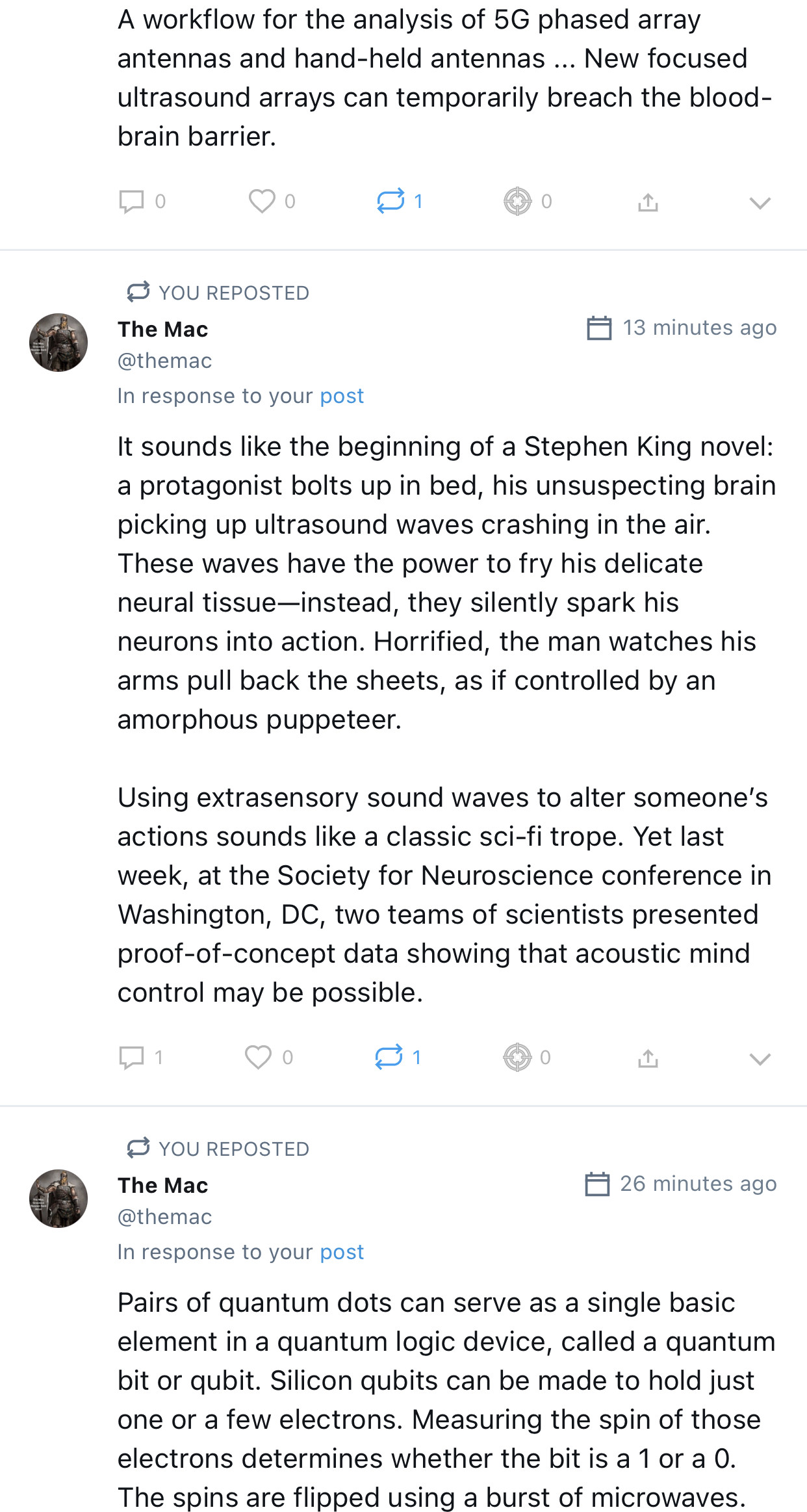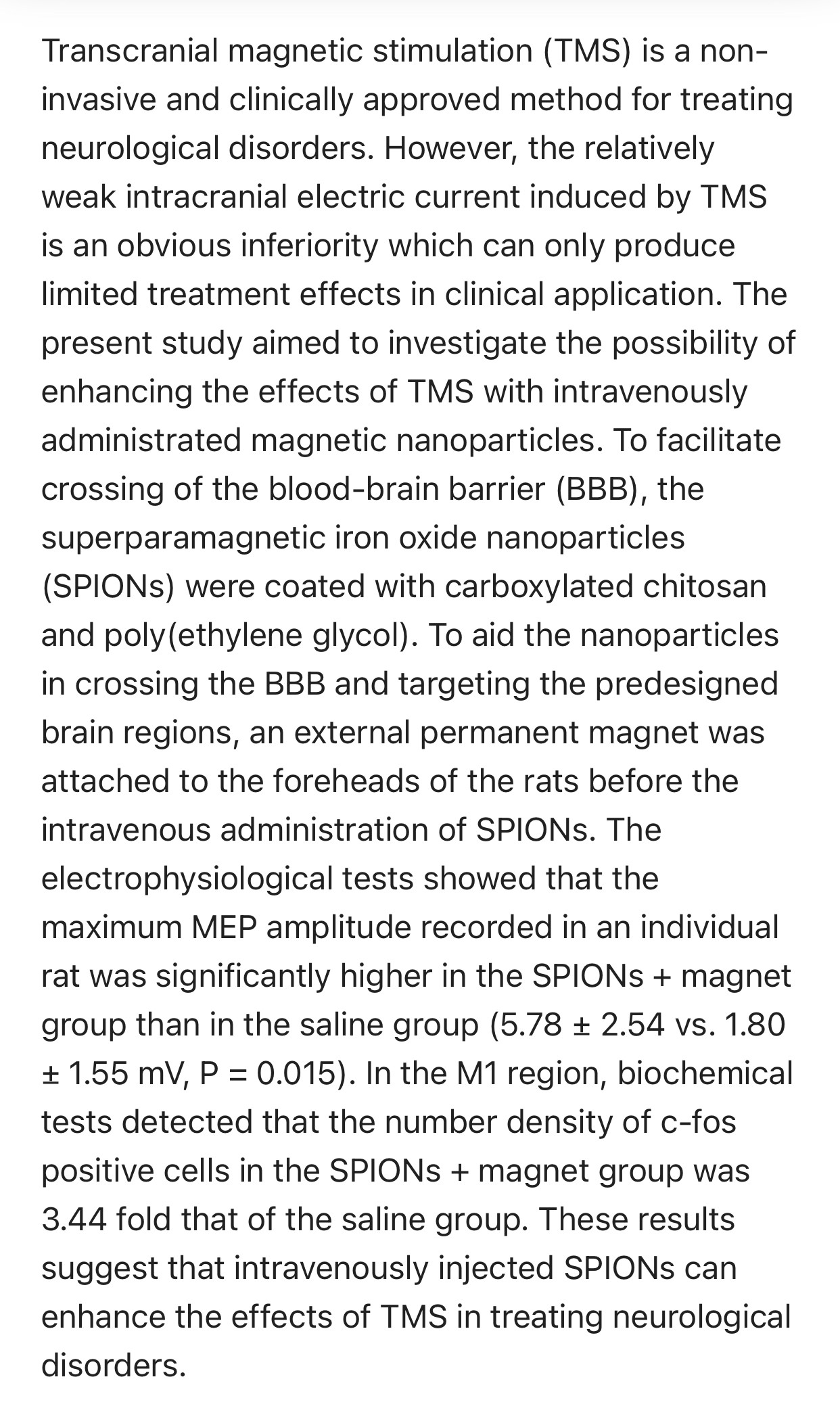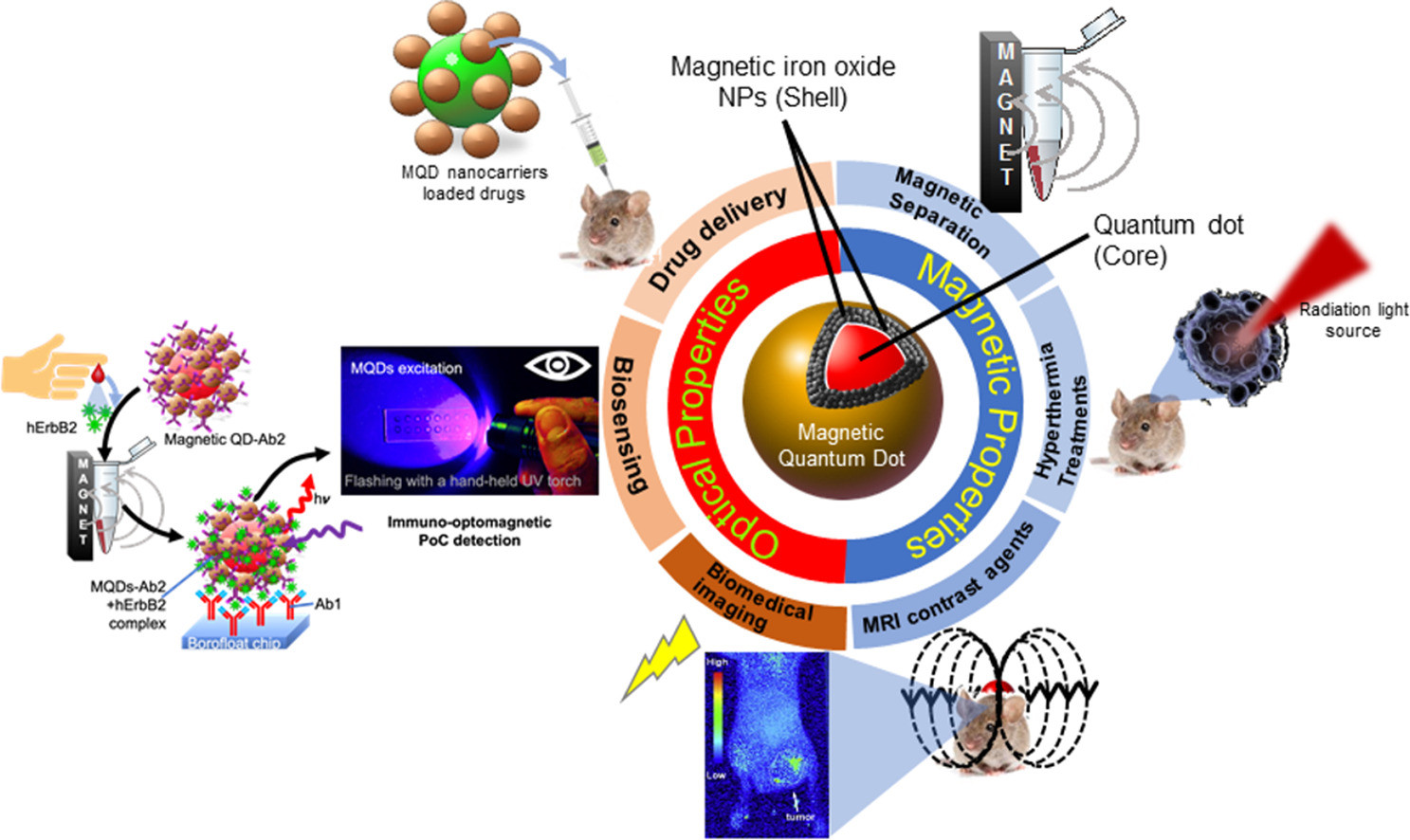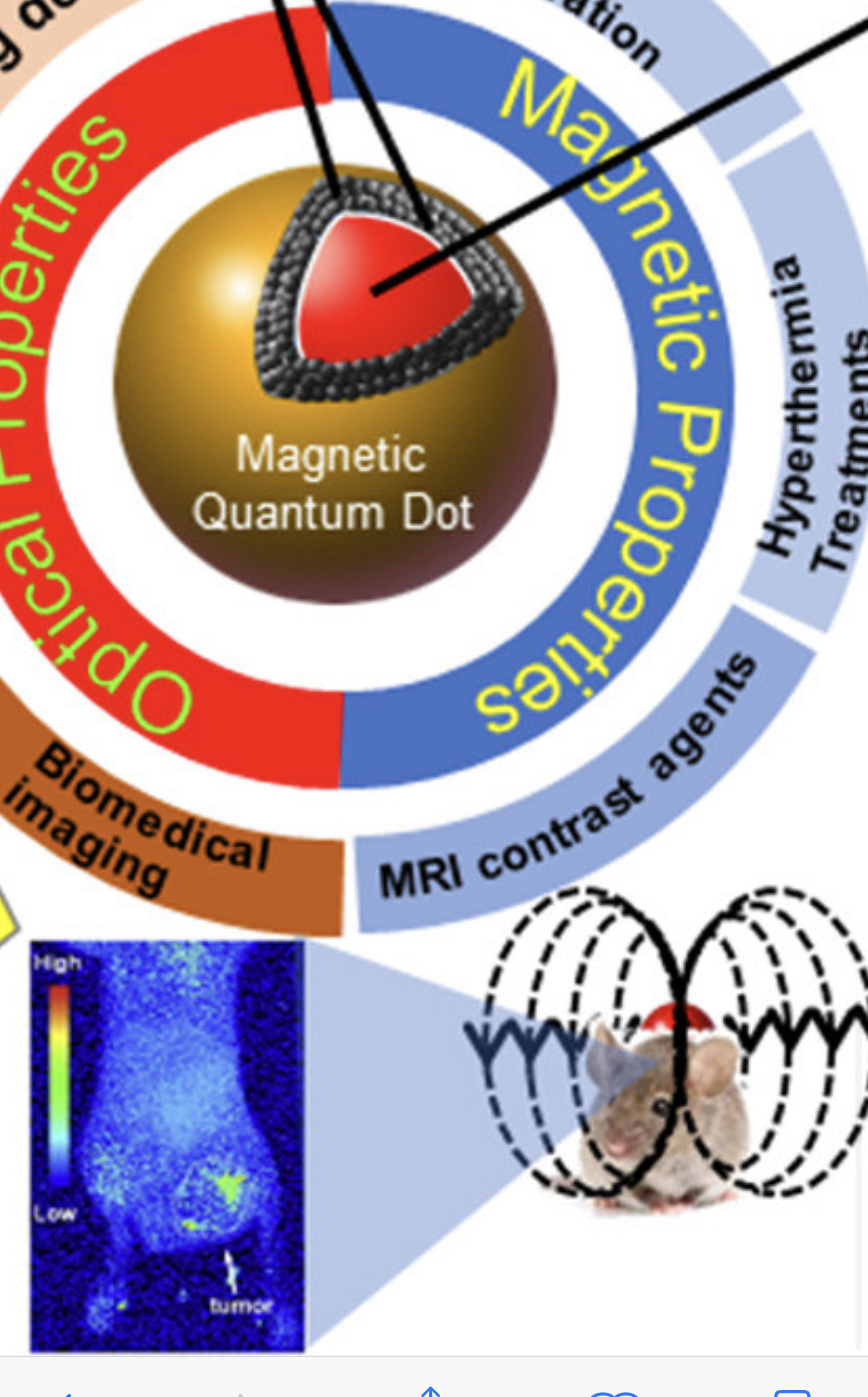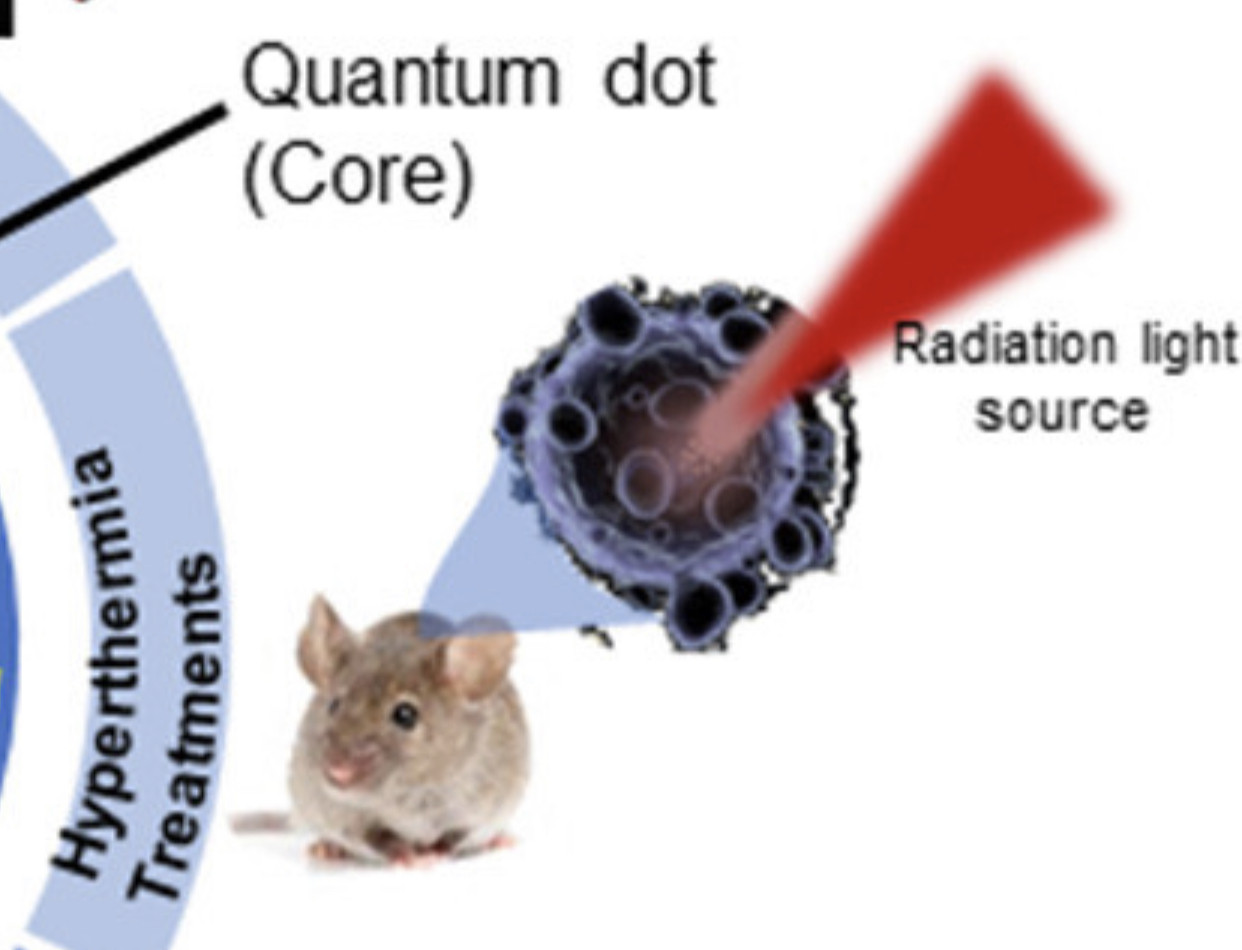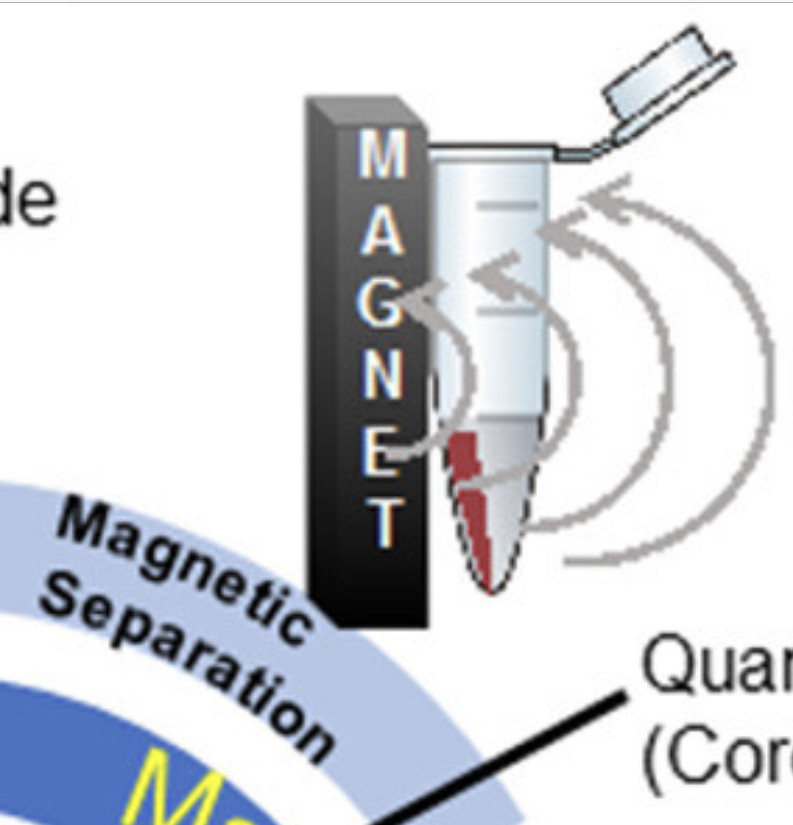Genetically engineered 'Magneto' protein remotely controls brain and behaviour | Science | The Guardian
“Badass” new method uses a magnetised protein to activate brain cells rapidly, reversibly, and non-invasively
https://www.theguardian.com/science/neurophilosophy/2016/mar/24/magneto-remotely-controls-brain-and-behaviour
The abstract reads: “A comparison was made of the solid-state 29Si, 27Al and 43Ca MAS NMR spectra of the outer casing stone from Snefru’s Bent Pyramid in Dahshour, Egypt, with two quarry limestones from the area. The NMR results suggest that the casing stones consist of limestone grains from the Tura quarry, cemented with an amorphous calcium-silicate gel formed by human intervention, by the addition of extra silica, possibly diatomaceous earth, from the Fayium area.”
😉
Diatomaceous earth ( /ˌdaɪ.ətəˌmeɪʃəs ˈɜːrθ/), diatomite or kieselgur/kieselguhr is a naturally occurring, soft, siliceous sedimentary rock that has been crumbled into a fine white to off-white powder. It has a particle size ranging from less than 3 μm to more than 1 mm, but typically 10 to 200 μm. Depending on the granularity, this powder can have an abrasive feel, similar to pumice powder, and has a low density as a result of its high porosity. The typical chemical composition of oven-dried diatomaceous earth is 80–90% silica, with 2–4% alumina (attributed mostly to clay minerals), and 0.5–2% iron oxide.
Nanoparticles (NPs) comprising a magnetic iron oxide core encapsulated in an appropriate organic or inorganic coat have been successfully used in a wide range of biomedical applications from macromolecule separation to magnetic resonance imaging (1-3).
Magnetic separation is the process of separating components of mixtures by using magnets to attract magnetic materials. The process that is used for magnetic separation detaches non-magnetic material with those that are magnetic.

